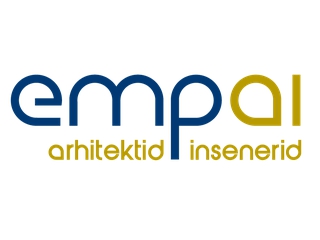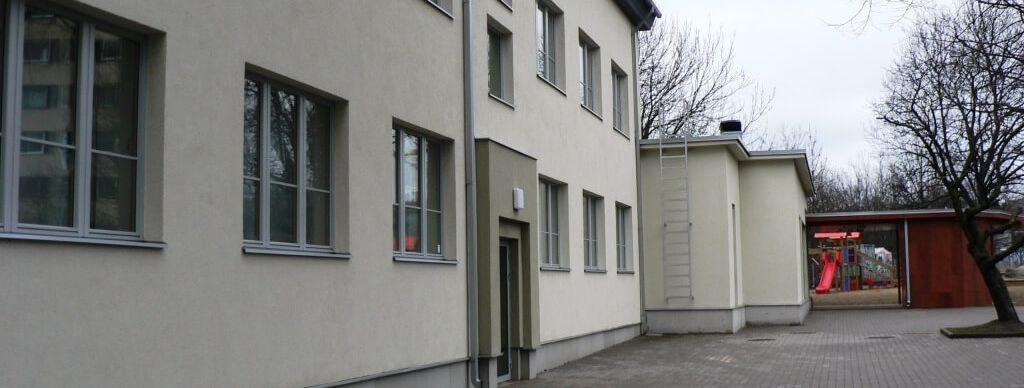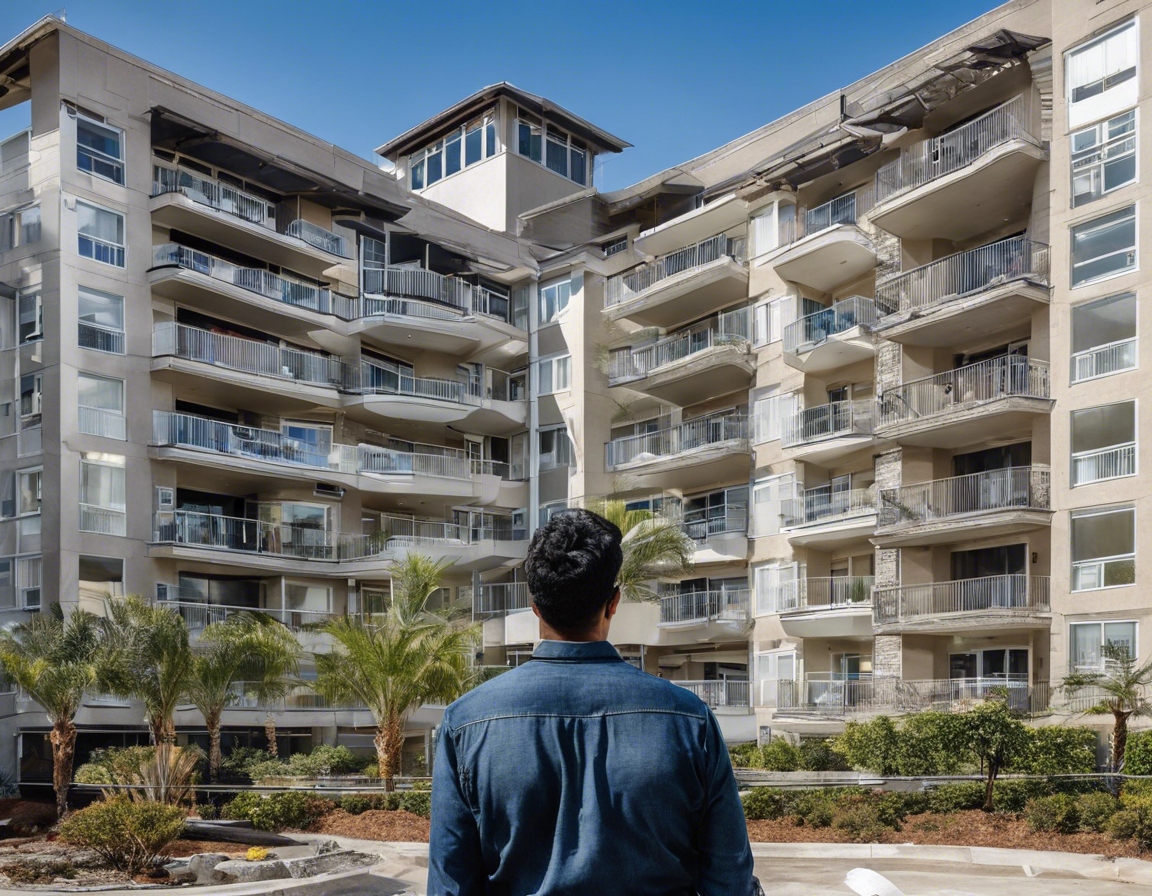5 key trends in sustainable architecture for the future
Sustainable architecture is an evolving field that integrates environmentally conscious design with innovative construction practices. As the world grapples with climate change and resource depletion, the architecture industry is at the forefront of creating solutions that not only reduce the environmental impact of buildings but also enhance the quality of life for their occupants.
1. Net-Zero Energy Buildings
Net-zero energy buildings are structures designed to generate as much energy as they consume over the course of a year. This balance between energy production and consumption is crucial for reducing the carbon footprint of the built environment.
Advancements in solar panel efficiency, energy storage systems, and passive design strategies are making net-zero energy buildings more attainable. Smart grid technology and the integration of renewable energy sources are also key components in achieving net-zero status.
2. Biophilic Design Principles
Biophilic design is an approach that seeks to connect building occupants more closely to nature. This concept is based on the idea that humans have an innate affinity for the natural world, and incorporating natural elements into the built environment can have profound impacts on well-being and productivity.
Incorporating natural light, vegetation, and materials can improve air quality, reduce stress, and increase occupant satisfaction. Biophilic design principles are being applied in various settings, from office spaces to residential homes, to promote a healthier living environment.
Strategies for implementing biophilic design include the use of living walls, green roofs, and the strategic placement of windows to maximize natural lighting. The integration of outdoor and indoor spaces is also a key factor in biophilic architecture.
3. Adaptive Reuse and Heritage Conservation
Adaptive reuse involves repurposing old buildings for new uses, while heritage conservation focuses on preserving buildings of historical significance. Both practices are essential in sustainable architecture as they prevent the unnecessary demolition of structures and reduce the demand for new materials.
By reusing existing buildings, architects can save energy and resources that would otherwise be spent on construction. This approach also maintains the cultural heritage of a community and can be economically beneficial by revitalizing old spaces.
Modern adaptations in adaptive reuse and heritage conservation include the integration of energy-efficient systems and the use of sustainable materials to meet contemporary standards while respecting the building's original character.
4. Green Building Materials and Resources
The use of renewable and recycled materials is becoming increasingly common in sustainable architecture. Materials such as bamboo, reclaimed wood, and recycled metal and glass reduce the environmental impact of construction and promote a circular economy.
Local sourcing of materials minimizes transportation emissions and supports local economies. Lifecycle analysis of materials ensures that the environmental impact is considered from production to disposal, leading to more sustainable choices.
Emerging technologies such as 3D printing with sustainable materials and the development of new composites are pushing the boundaries of what is possible in green building materials.
5. Smart Cities and Urban Sustainability
Smart cities utilize technology to improve the efficiency of urban systems and reduce the environmental impact of cities. This includes the integration of renewable energy, smart transportation systems, and efficient waste management.
Sustainable urban planning focuses on creating walkable communities, reducing urban sprawl, and promoting public transportation. The goal is to create urban environments that are livable, resilient, and have a minimal ecological footprint.
The future of sustainable architecture lies in the continued integration of technology, community engagement, and innovative design practices that prioritize the environment and human well-being.






Comments (0)